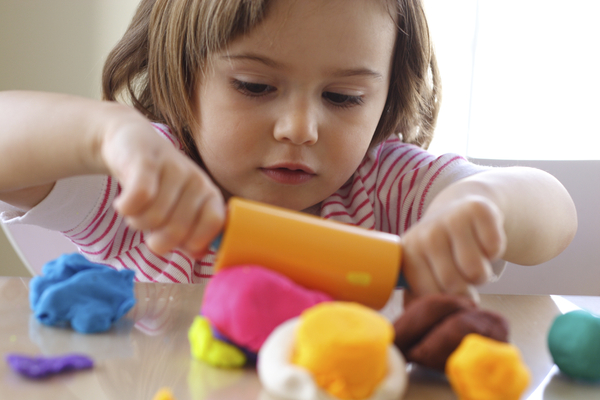VBAs research found that pairing written feedback with video performance review was important to promoting skills acquisition for paraprofessionals and improved outcomes for children.
For the research study, VBA supplemented their training class with videos prepared of children playing with toys before and during toy conditioning programs. A "before" video showed a little girl showing very little interest in a princess castle and repetitive behaviors when presented with a pile of books. The toy conditioning "after" videos demonstrated an immediate increase in engagement of the child with the materials, no stereotypical behavior as well as an increase of appropriate language and pretend play.
To train paraprofessionals as well as families on correct toy conditioning techniques, a baseline group and target group were established. All groups received training and coaching but the target group also received feedback and coaching utilizing video of their playing with the child. This research showed that viewing videos of themselves working with child is an effective means for providing feedback.
In May 2014, a poster presentation was presented at the Association of Behavior Analysts International (ABAI) in Chicago.
To learn more about VBA.

